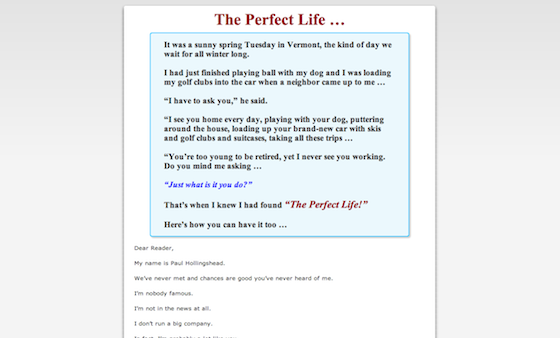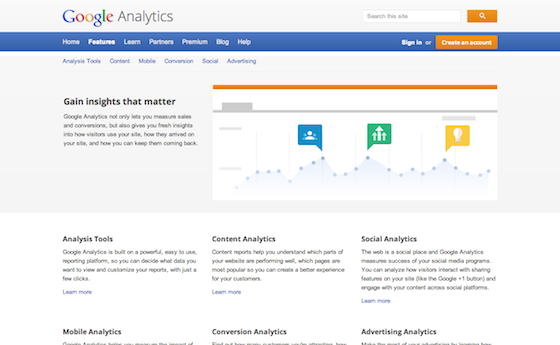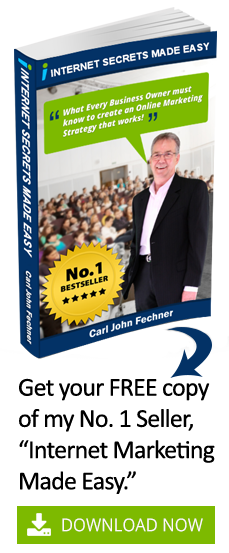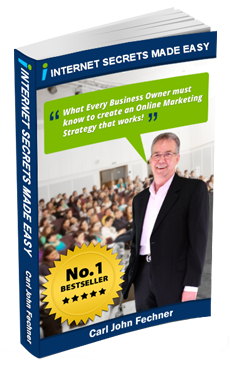 Writing effective copy is both an art and a science.
Writing effective copy is both an art and a science.
It’s an art because it requires creativity, a sense of beauty and style — a certain aptitude, mastery and special knowledge. Artistic advertising allows you to create content marketing that’s not just practical and persuasive, but awe-inspiring and breathtaking.
Writing effective copy is also a science, because it exists in the world of tests, trial and failure, improvement, breakthroughs, education and predictability. Scientific advertising allows you to develop an idea, and then test that idea. It’s how you know if your content marketing is working.
In bad copy, one (or both) of these elements are missing. In good copy, they are both abundant.
Read on, in the next few minutes we’ll explore ten examples of good copy living (and selling) out in the wild …
1. Plain copy
The most basic approach to writing effective copy is to simply introduce the product without gimmick or style. It’s a simple presentation of the facts and benefits.
There is no story. There is no conversation. There is no “sizzle” and no superlative claims.
Think Google Analytics.
That copy isn’t going to win any literary awards, but it will get the job done. It will give a prospect the information she needs to make an informed decision about the product.
2. Storytelling copy
Everyone loves a good story.
We like hearing about people — especially interesting people. People who’ve suffered challenges we can relate to, and can tell us how they overcame those challenges.
And the moral of the story, coincidentally, is that your product was the catalyst to overcoming those odds.
You might find this storytelling technique in an email series, a landing page, or a short video. Whatever the format, you’ll get four basic traits in the story:
- Opening: Introduce the pain. Show how the character of the story had a normal life, then how that life was shattered by a change of events.
- Conflict: How is the life of the main character threatened if he or she does not respond to the problem? What does her journey look like as she tackles this challenge?
- Dialogue: People are drawn to conversations in a story. It’s human interest at its root: two people talking to each other. We are also drawn to dialogue because it’s easy to read. “Our eyes flow over dialogue like butter on the hood of a hot car,” says novelist Chuck Wendig.
- Solution: Finally, your product is introduced as the cure for your character’s problem. You increase the credibility of your product by sharing specific results (347% increase in conversion, for example).
Your story doesn’t have to be dramatic. It just has to be interesting to your target audience. And this is where good research comes in.
3. Conversational copy
John Caples calls conversational copy “You and Me.”
In this style of copy, you write as if there is a conversation between two people: the copywriter and the prospect.
The language here would be no different than a salesman sitting down for lunch with a customer and talking through a sales presentation. It’s a straightforward approach that tries to identify with the reader:
I know how you feel. I felt the same way. That all changed when I found x, y and z.
Keep in mind that you don’t have to be a polished copywriter to create effective conversational copy. Often the sheer passion for what you’re trying to promote breathes off the page.
In fact, you can record a conversation about the product, transcribe that conversation, and use it as a rough draft.
4. John Lennon copy
When John Lennon asked us to imagine there was no heaven or hell, no countries, religion or war, he was using an effective tool of persuasion: imaginative copy.
As an advertiser, you can ask your target audience to imagine a painless way to lose weight, or what it would feel like to be a successful travel writer.
Imaginative copy typically begins with words like “imagine,” “close your eyes,” “pretend for a moment,” “discover,” or “picture this” in the first paragraph of the text.
This is the concept behind AWAI’s Barefoot Writer presentation.

In this example, you are asked to imagine your life in a certain way — to pretend what it would be like to live your dream, whatever that dream might be.
Then the copywriter paints a picture of achieving that ideal life through your product.
5. Long copy
The fundamental premise behind long copy is “The more you tell, the more you sell.” Ads that are long on facts and benefits will convert well.
Why?
Unlike a face-to-face conversation with a salesperson, a written ad has only one chance to convert a reader. If you get in front of the reader, you’ve got to lay it all out on the table.
Take the Google Analytics example above.
Page after page of facts and benefits are presented because the proposition isn’t simple — typical prospects are going to be asking a lot of questions. Better to anticipate those questions, and answer them in the copy.
But when you’re following the basic rules of content marketing that works, remember that you don’t have to present all the facts and benefits up front.
You can leak the presentation over a period of weeks through an email autoresponder (like our Internet Marketing for Smart People course), or a registration-based content library (like the Scribe Content Marketing library).
In this way, you’re turning long copy into short, easily-digestible snippets.
To be continued on the next post.
ARTICLE SOURCE: This content is syndicated news that can be used for your research, and we hope that it can help your productivity. This content is for educational purposes and is not made for any kind of commercial purposes of this blog.





